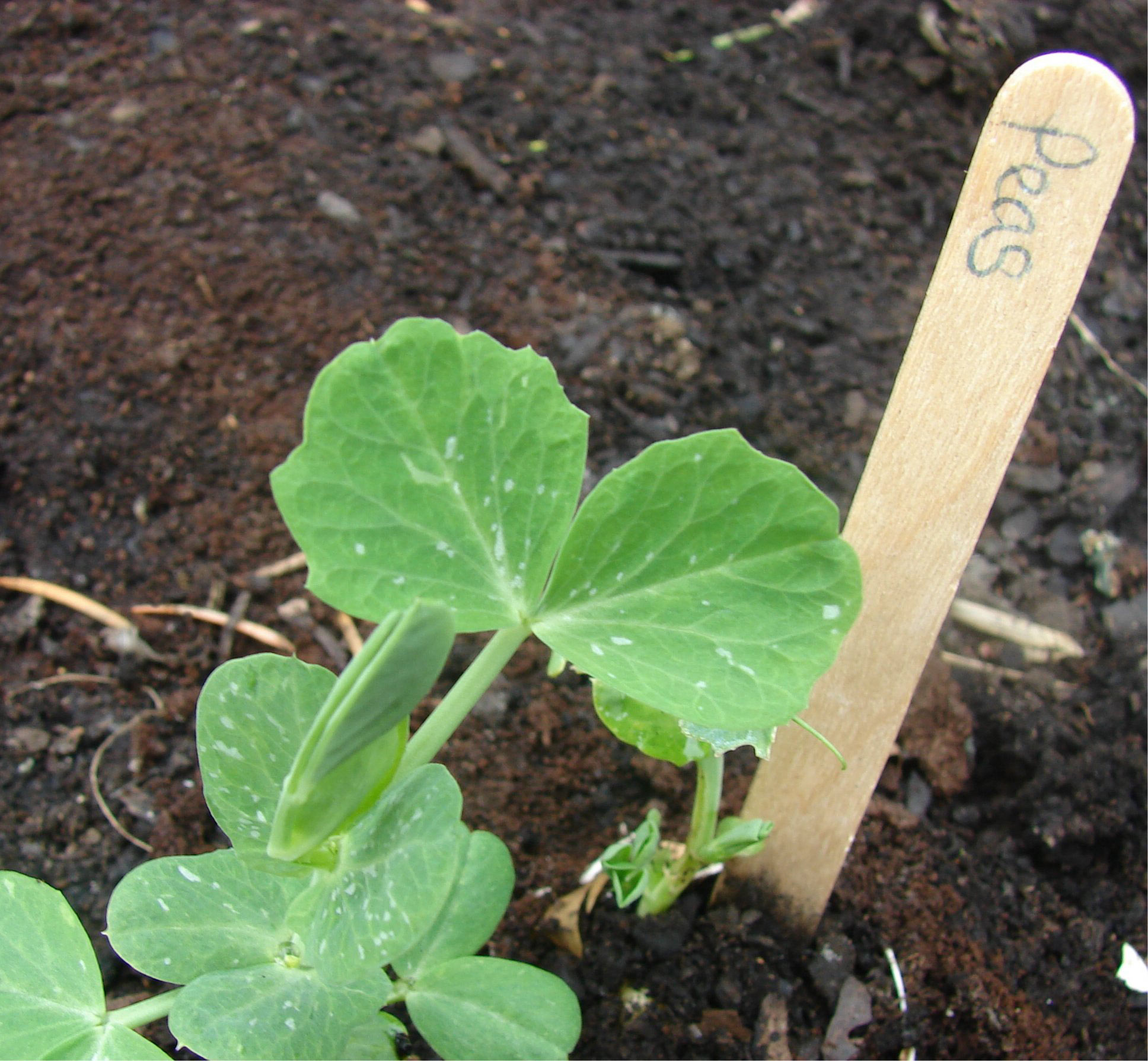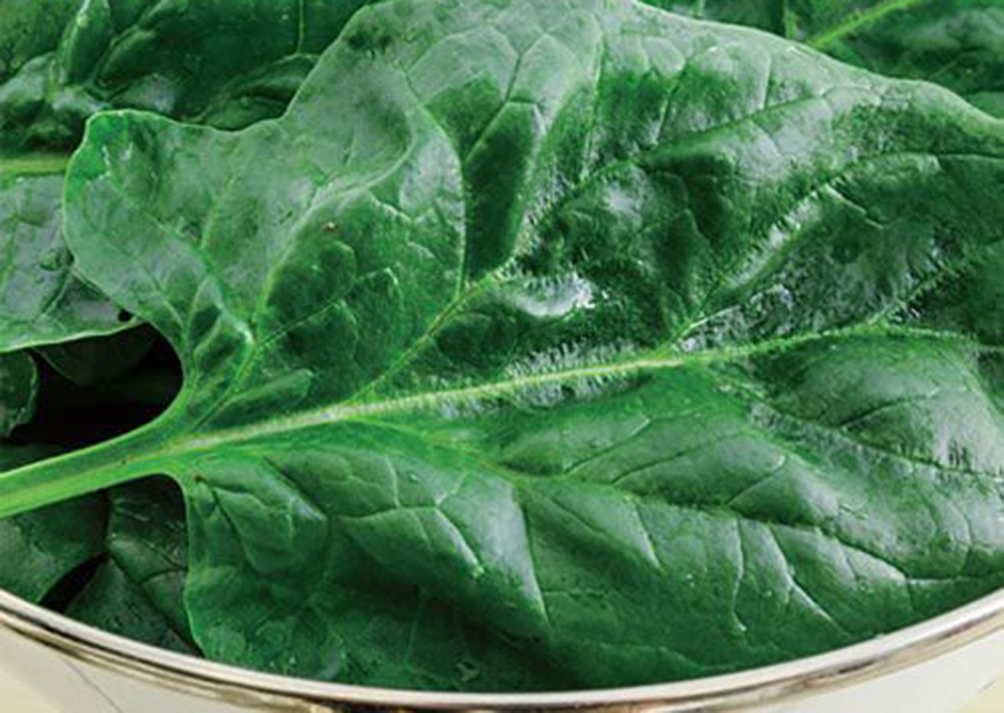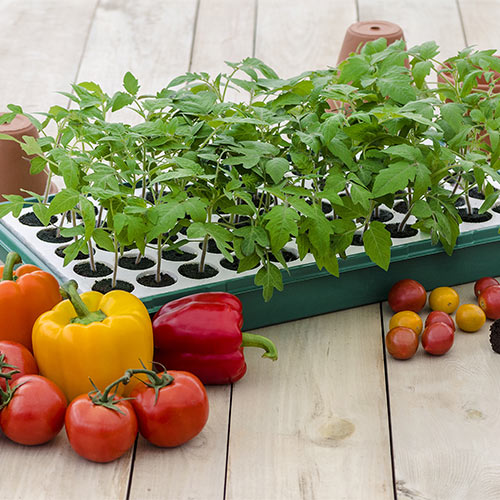We’re still experiencing some frosty mornings—and the soil is still too cool to plant many vegetables. But there are some…
Tag: seeds
Spring Has Arrived – How to Get Your Garden Growing
Time to dust off the wheelbarrow and get the mower started – it’s officially spring again! But with a new season filled with such promise – and so much to do in the garden – where in the world do you start?
How to Plant Your Own Garden Seeds
Every spring, you head down to the local nursery to buy the plants you carefully selected during your winter hibernation. The joy of seeing the plants you will nurture and enjoy is often marred by the jolt you receive when the cashier gives you the total price of your new garden! Thankfully, there’s a way to avoid sticker shock; you can start seeds at home. Not only does starting your own seeds save you a ton of money, it opens up your seed choices considerably.
Sowing Your Own Seeds – Part III
Now that the plant has sprouted and gone through the food supply provided by the seed itself, you’re responsible for feeding the burgeoning baby plant. You should feed your seedlings one-quarter strength plant food. If the solution is too strong, it will burn the baby plant. Use room temperature water when you are watering your plant.
Sowing Your Own Seeds – Part II
To sprout, most seeds prefer a temperature between 70 and 85 degrees (for specific temperatures, see the back of your seed packet). Seeds can be kept in any place that offers warmth. Windowsills can also work, but be sure to check them for drafts that could potentially end your seedling’s short life.




